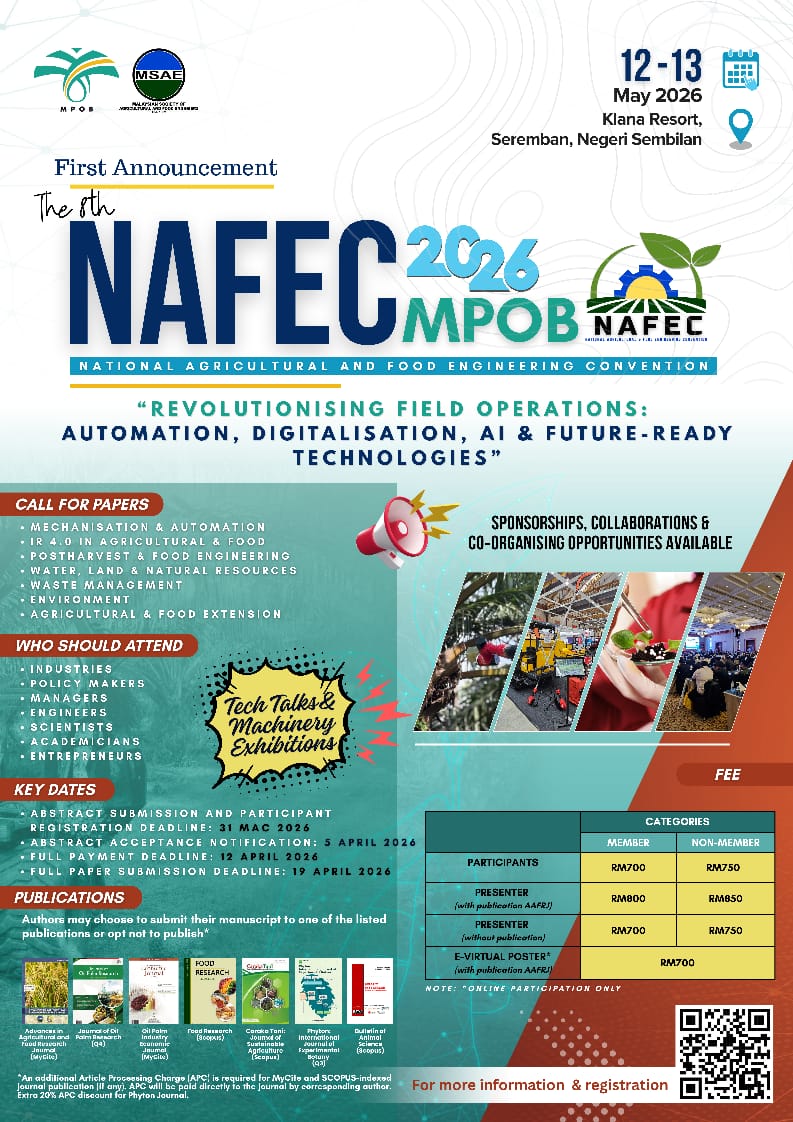Utilizing Machine Learning to Detect Whiteflies on Tomatoes in a Controlled Environment
DOI:
https://doi.org/10.36877/aafrj.a0000480Abstract
The tomato is the vegetable crop with the most economic impact globally, and its production has expanded significantly over time. Recent years have seen the discovery of whiteflies as a serious loss-maker in producing fresh-market and greenhouse tomatoes. Tomato plants are harmed both directly and indirectly by whitefly nymphs and adults. The leaves are attacked by whiteflies, causing them to turn yellow and curl up, resulting in their destruction. Currently, early whitefly migrations are detected using yellow sticky traps. However, executing this activity takes a lot of time and effort. In order to identify plant pests more rapidly and precisely, a method of early detection that significantly reduces economic losses was created. In this research, we proposed to use an image analysis and machine learning technique to develop a model for detecting whiteflies on tomatoes in a greenhouse. Images of leaves covered in whiteflies were obtained, and the EfficientDet-D0 model was used to train the machine learning algorithm. Results indicate that this new method might detect whiteflies with acceptable precision and an F1 score of 0.40, indicating that EfficientDet-D0 models reliably recognize the distinctive characteristics of whiteflies.
Downloads
Published
How to Cite
Issue
Section
License
Copyright (c) 2024 Nuraini Ahmad Ariff Shah, Nur Khalidah Z, Muhd Akhtar M. T., Mohd Shukry H., Mohd Daniel Hazeq A. R., Muhamad Syahiran A. A., Mohamad Saiful N. A.

This work is licensed under a Creative Commons Attribution-NonCommercial 4.0 International License.
Author(s) shall retain the copyright of their work and grant the Journal/Publisher right for the first publication with the work simultaneously licensed under:
Creative Commons Attribution-NonCommercial 4.0 International (CC BY-NC 4.0). This license allows for the copying, distribution and transmission of the work, provided the correct attribution of the original creator is stated. Adaptation and remixing are also permitted.

This broad license intends to facilitate free access to, as well as the unrestricted reuse of, original works of all types for non-commercial purposes.
The author(s) permits HH Publisher to publish this article that has not been submitted elsewhere.

.png)

.jpg)



